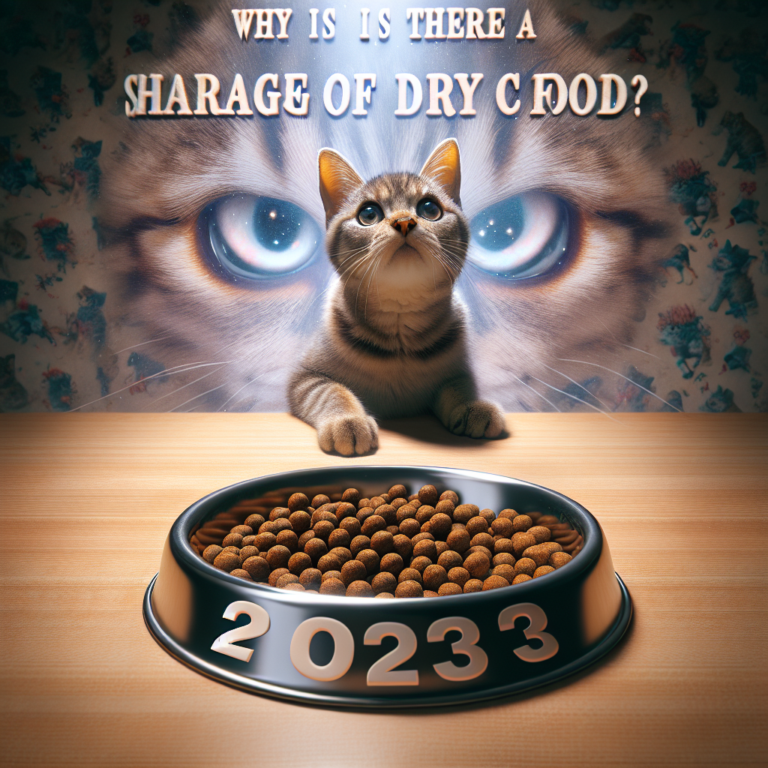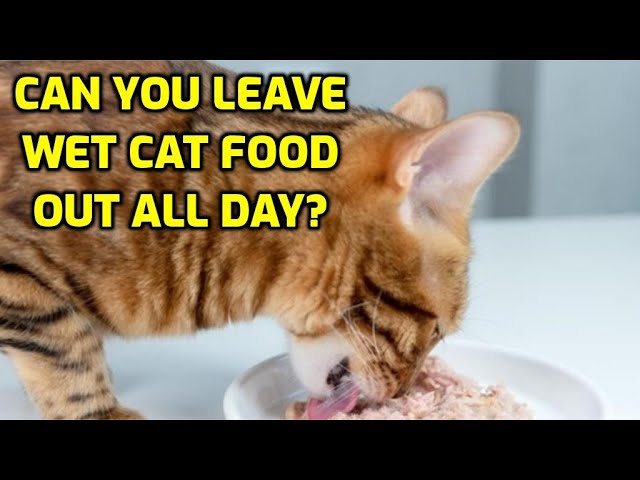How Long Can Cat Food Sit Out
Are you wondering how long you can leave cat food sitting out without it going bad? It’s a question that many cat owners have, and luckily, we have the answer for you. In this article, we will explore the shelf life of cat food when left out in the open and provide you with some helpful tips to ensure the health and safety of your feline friend. So, if you’re ready to learn more about keeping your cat’s food fresh and tasty, let’s get started!
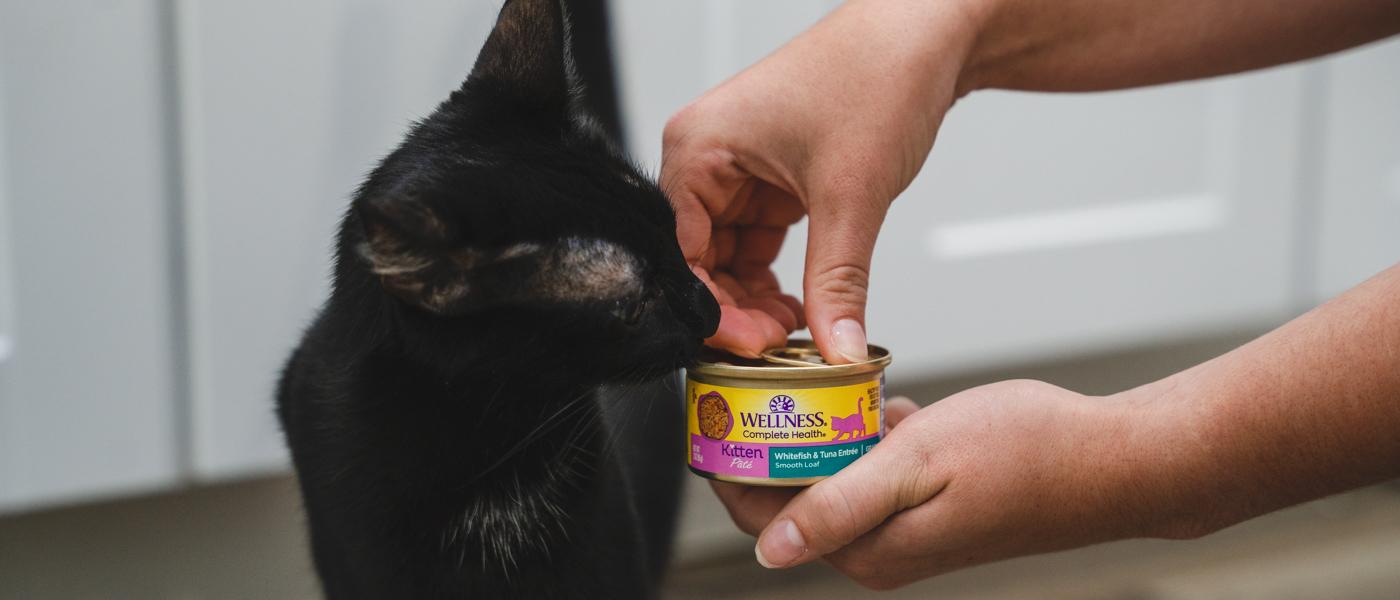
Factors Affecting the Shelf Life of Cat Food
When it comes to the shelf life of cat food, several factors play a crucial role. The type of cat food, packaging, and storage conditions all contribute to determining how long you can safely keep your cat’s food. By understanding these factors, you can ensure that your furry friend receives fresh and nutritious meals.
Type of Cat Food
The type of cat food you choose significantly affects its shelf life. Dry cat food, also known as kibble, generally has a longer shelf life than wet cat food. Dry food is less prone to spoilage due to its lower moisture content. On the other hand, wet cat food, which comes in cans or pouches, contains more water and has a shorter shelf life.
Packaging
The packaging of cat food also plays a vital role in preserving its freshness. Airtight packaging is essential to keep out moisture and prevent exposure to air, which can lead to spoilage. Look for cat food that is well-sealed to ensure its longevity.
Storage Conditions
Proper storage conditions are paramount in maintaining the shelf life of cat food. Factors such as temperature, humidity, and exposure to light can impact the quality and safety of the food. It is essential to store cat food in a cool, dry place away from direct sunlight. Avoid storing it near heat sources, as high temperatures can accelerate the deterioration of the food.
How Long Can Dry Cat Food Sit Out?
Dry cat food has different shelf life considerations for unopened and opened packages.
Unopened Dry Cat Food
Unopened dry cat food can sit out at room temperature for an extended period, usually up to a year. As long as the packaging remains intact, the food should stay fresh and safe for your cat to consume.
Opened Dry Cat Food
Once you open a bag of dry cat food, its shelf life decreases. To maintain its freshness, transfer the remaining food into an airtight container. Opened dry cat food can typically sit out for up to six weeks. However, it’s crucial to regularly inspect the food for any signs of spoilage or rancidity.
Storage Tips
To ensure the longevity of dry cat food, follow these storage tips:
- Keep the food in a cool and dry environment.
- Store it in an airtight container to prevent exposure to air and moisture.
- Avoid contamination by maintaining good hygiene and cleanliness in the food storage area.
How Long Can Wet Cat Food Sit Out?
Unlike dry cat food, wet cat food has a shorter shelf life due to its higher moisture content.
Unopened Wet Cat Food
Unopened canned or pouched wet cat food can sit out at room temperature for up to two years. The airtight packaging preserves the food’s quality and prevents bacterial growth.
Opened Wet Cat Food
Once you open a can or pouch of wet cat food, you must refrigerate the remaining contents. Opened wet cat food can only sit out for about two to four hours before it becomes unsafe for consumption.
Storage Tips
To ensure the safety and freshness of wet cat food, consider the following storage tips:
- After opening, transfer the remaining wet cat food into a clean, lidded container and refrigerate it.
- Avoid leaving opened wet cat food out at room temperature for an extended period.
- Always check the food for any signs of spoilage or off-putting odors before serving it to your cat.
Determining the Safety of Cat Food
Ensuring the safety of cat food is crucial to protecting your cat’s health. Before feeding your furry friend, it is essential to inspect the food for any potential issues.
Smell Test
One of the easiest ways to determine if cat food is safe to consume is by conducting a smell test. Fresh cat food should have a pleasant odor. If you notice any foul or rancid smell, it may indicate spoilage, and the food should be discarded immediately.
Texture Inspection
Cat food should have a consistent texture. If you notice any clumps, mold, or unusual consistency in the food, it is best to err on the side of caution and avoid feeding it to your cat.
Mold or Discoloration
Mold or discoloration on cat food is a clear indication of spoilage and potential bacterial contamination. Inspect the food visually, and if you see any signs of mold or unusual colors, it is unsafe to feed it to your cat.
Bacterial Contamination
Bacterial contamination is a significant concern when it comes to cat food safety. Pay attention to any signs of bacterial growth, such as bubbles or foaming, as they may indicate the presence of harmful bacteria. If you suspect bacterial contamination, it is best to discard the food and consult with a veterinarian if your cat shows any signs of illness.
Guidelines for Storing Cat Food
Proper storage of cat food is essential to maintain its freshness and safety. Follow these guidelines to ensure that your cat’s food remains in optimal condition.
Refrigerator Storage
Refrigeration is crucial for storing both opened and unopened wet cat food. Keep the food in the original packaging or transfer it to an airtight container before placing it in the refrigerator. Make sure the temperature inside the refrigerator remains consistently cool and avoid storing the food near strong-smelling items.
Freezing Cat Food
If you need to store cat food for an extended period, freezing can be an option. Freezing can help prolong the shelf life of both wet and dry cat food. Divide the food into portion-sized containers or resealable bags before freezing. Thaw the food in the refrigerator before serving it to your cat.
Reusing Opened Cans
If you have opened cans of wet cat food, it is essential to handle them properly. Avoid leaving wet cat food in opened cans for an extended period, as the metal can transfer flavors and potentially contaminate the food. Transfer the leftovers into an airtight container before refrigerating them.
Best Before Dates
Always pay attention to the best before dates on cat food packages. While these dates are not flexibility guidelines, they can provide a general idea of how long the food should remain fresh. Prioritize using cat food before its expiration date to ensure your cat receives the best quality nutrition.
Risks of Leaving Cat Food Out for Long
Leaving cat food out for long periods can pose various risks to your cat’s health.
Bacterial Growth
When cat food is exposed to the air and high temperatures, it creates an ideal environment for bacterial growth. This can lead to foodborne illnesses and potential health issues for your cat.
Spoiled Food
If cat food sits out for too long, it can spoil and become unfit for consumption. Spoiled food not only loses its nutritional value but can also pose health risks to your cat.
Foodborne Illnesses
Foodborne illnesses are a significant concern when it comes to leaving cat food out for extended periods. Bacterial contamination can lead to illnesses such as salmonella or E. coli, which can cause severe digestive problems in cats.
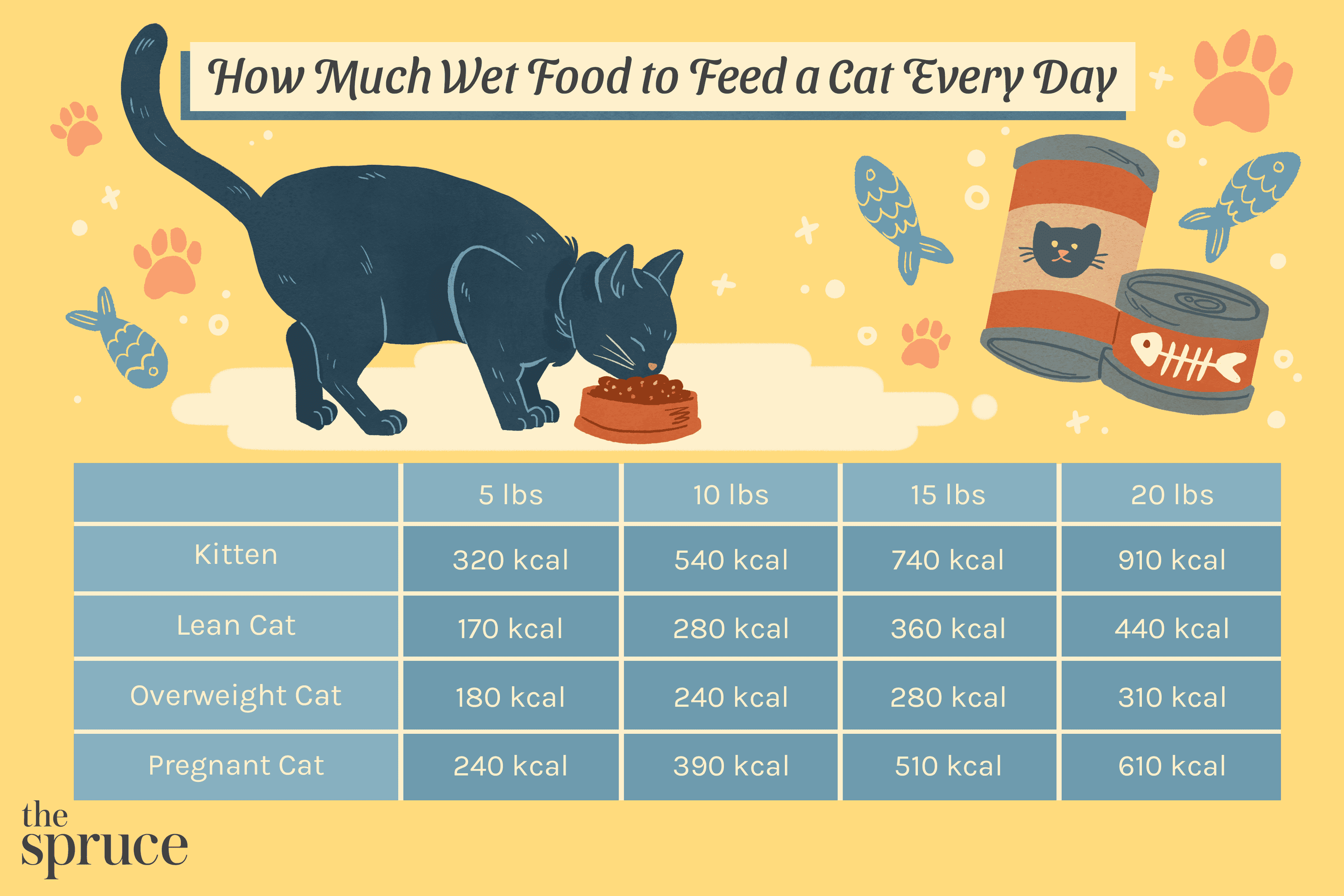
Alternative Feeding Methods
In addition to considering shelf life and storage, there are various feeding methods you can adopt for your cat.
Free Choice Feeding
Free choice feeding involves providing a constant supply of food for your cat to eat at its convenience. This method mimics a cat’s natural feeding behavior and can help prevent overeating or nutritional imbalances. However, it requires careful monitoring to prevent obesity or food wastage.
Scheduled Feeding
Scheduled feeding involves providing specific meals to your cat at set times throughout the day. This method allows for portion control and ensures that your cat receives balanced nutrition. It may be suitable for cats with specific dietary needs or those prone to overeating.
Tips to Reduce Cat Food Waste
Reducing cat food waste not only benefits the environment but also helps you save money. Consider these tips to minimize food wastage and ensure that your cat’s meals are fresh and enjoyable.
Portion Control
Monitoring portion sizes is crucial in minimizing cat food waste. Follow your veterinarian’s recommendations and adjust portion sizes based on your cat’s age, weight, and activity levels. Regularly evaluate your cat’s body condition to ensure that it is receiving the appropriate amount of food.
Proper Storage
Ensure that you store cat food properly to avoid spoilage and unnecessary wastage. Follow the storage guidelines provided by the manufacturer and make sure the packaging remains airtight. Use opened cans or pouches within a reasonable time to prevent food from going bad.
Rotating Stock
When purchasing cat food, practice the “first in, first out” method. Before opening a new package, ensure that you have used up the older stock. This helps prevent the accumulation of expired or spoiled cat food.
Donate to Animal Shelters
If you find yourself with excess cat food that your furry friend won’t consume, consider donating it to local animal shelters or rescue organizations. This allows you to help cats in need while reducing food waste.
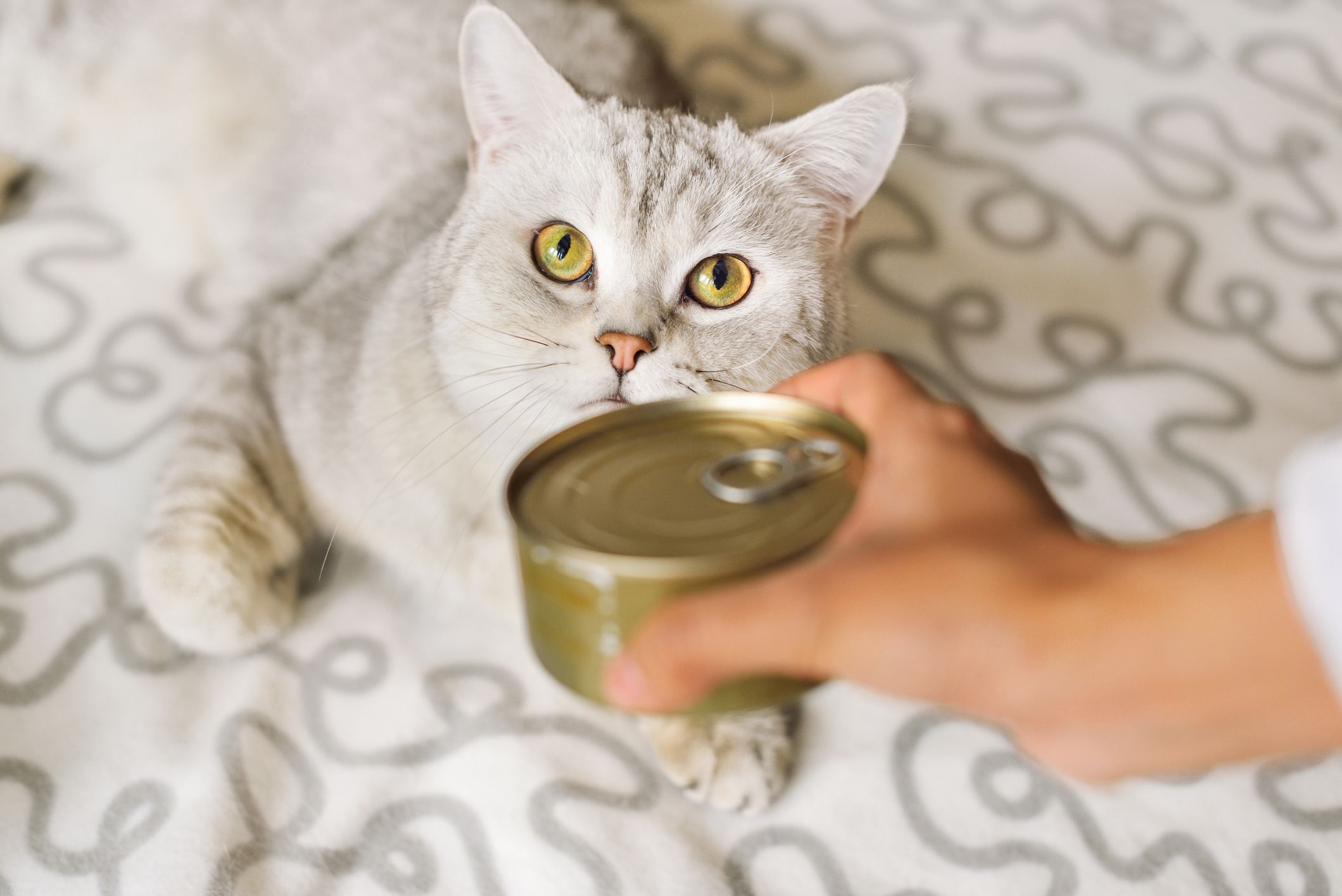
Conclusion
Understanding the factors affecting the shelf life of cat food is crucial for ensuring that your cat receives safe and nutritious meals. By considering the type of cat food, proper packaging, and storage conditions, you can maintain the longevity of the food. Regularly inspect the cat food for any signs of spoilage or bacterial contamination, and follow the recommended guidelines for storage and feeding methods. By adopting responsible practices and controlling portion sizes, you can reduce cat food waste and provide your furry friend with a healthy and balanced diet.




